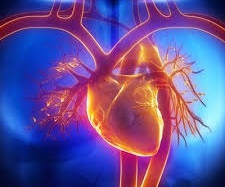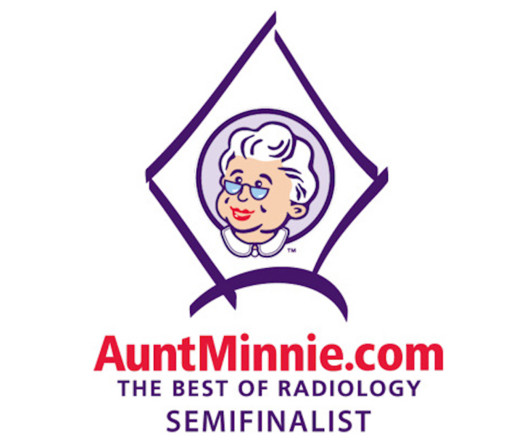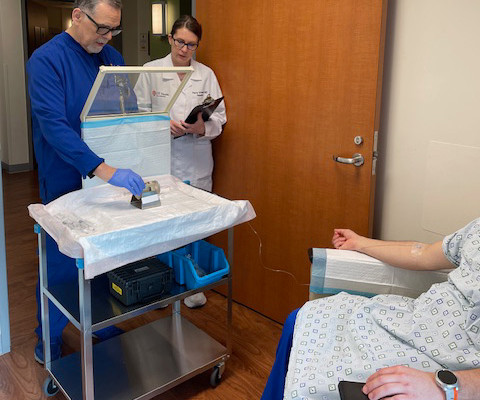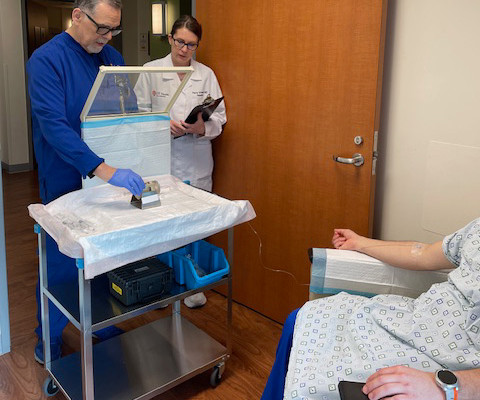PET predicts adverse events in heart disease patients
AuntMinnie
MAY 31, 2024
PET imaging with nitrogen-13 (N-13) ammonia radiotracer can help predict major adverse cardiac events in patients with ischemic heart disease (IHD), according to a study published May 30 in Radiology: Cardiothoracic Imaging. Patients underwent the scans between January 2017 and January 2021.













Let's personalize your content